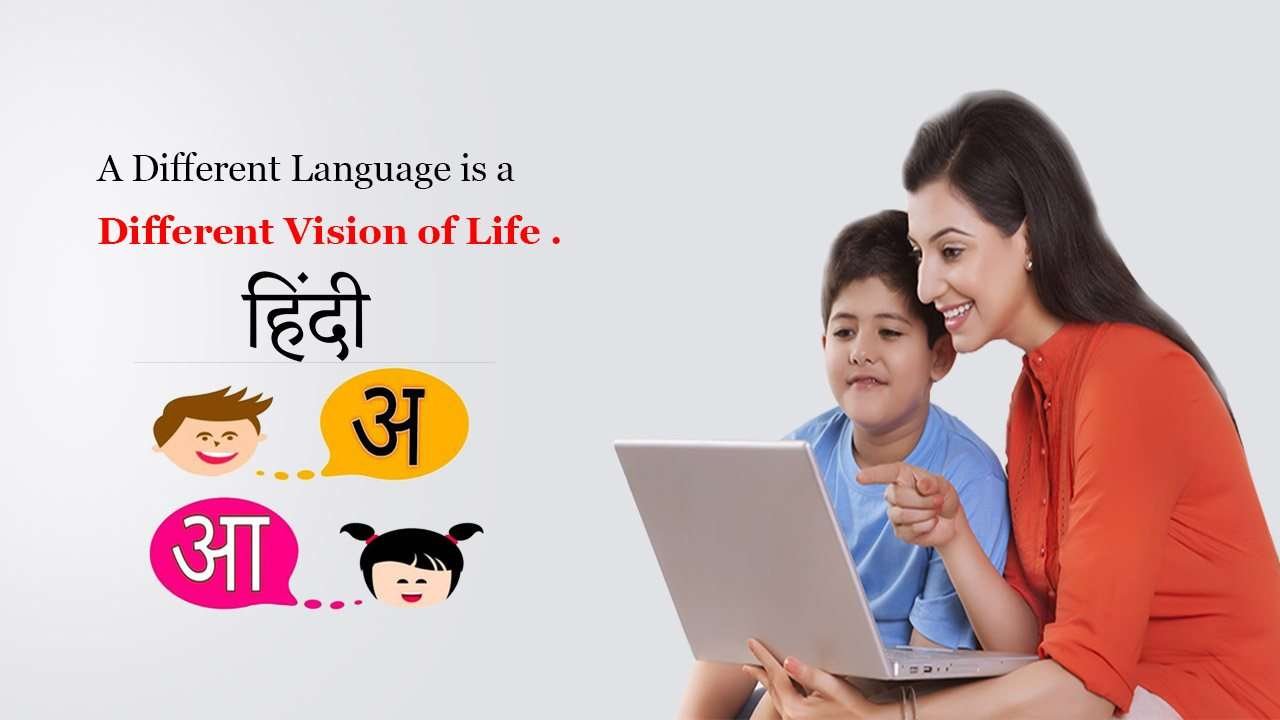
Choose Your Program Below to See How We Can Help
MOE Curriculum
IGCSE Curriculum
IB Curriculum
CBSE Curriculum
MOE Curriculum
IGCSE Curriculum
IB Curriculum
CBSE Curriculum
Live 1:1 Online Hindi Classes
Kiya learning provides Hindi classes in Australia for the students who would like to learn Hindi with the understanding of its complex grammar. We have a set of teachers who will help you to understand everything easily. Join Kiya learning best Hindi classes in Australia

Hindi sets the foundation for major creative and analytical efforts in Entrepreneurship
Research Benefits of Kiya Learning Online Hindi

Spoken by millions of people
Hindi is spoken as a mother tongue by around 260 million people around the world. Another estimated 120 million people use Hindi as a second language in countries such as India and Nepal. Hindi is considered the fourth most common language in the world.

Hindi is incredibly similar to Urdu
The native language of Urdu and Hindi is the same. They came from the Indo-European and Indo-Aryan language families. Both languages are derived from Sanskrit. Because of this, they share the same Indian base and similar phonetics and grammar.

Useful in business
India is a booming economy to look out for over the next few decades. Hence, anyone looking to do business in Southeast Asia would do very well to include Hindi in their repertoire as it is an important language used in doing business in India.

A phonetic language
Unlike English, Hindi is a phonetic language. This means that the words in Hindi are pronounced as they are written down. So it's just a matter of learning how each letter sounds and learning the Hindi alphabet in more general terms. Then you can say almost any word.
